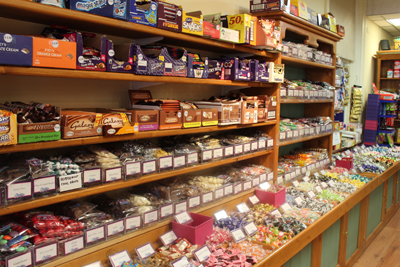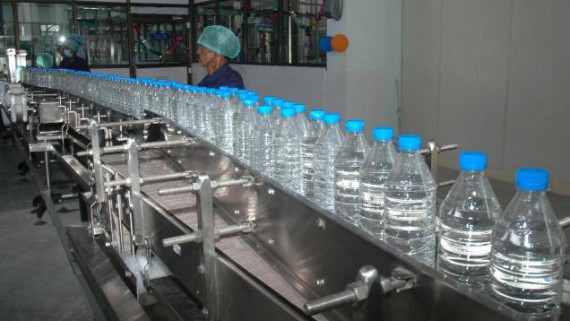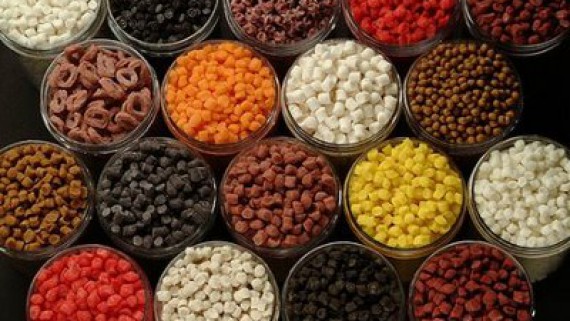 Many people have begun the process of producing their own food. Whether it is simply for their families, their communities or their careers, small scale food production is beginning to take off. Farmer’s markets are popping up all over the place and consumers are beginning to take an interest in origins of their fruits, vegetables and meat pantry goods. This is a wonderful thing. It brings communities closer and cuts down on carbon footprints that are attributed to shipping goods across the country.
Many people have begun the process of producing their own food. Whether it is simply for their families, their communities or their careers, small scale food production is beginning to take off. Farmer’s markets are popping up all over the place and consumers are beginning to take an interest in origins of their fruits, vegetables and meat pantry goods. This is a wonderful thing. It brings communities closer and cuts down on carbon footprints that are attributed to shipping goods across the country.
However, food production comes with a lot of work. Whether you’re doing the actual growing and preserving or you’re stocking up at your farmer’s markets and grocery stores and wondering how to keep your food, knowing how to safely preserve things is very important. Improper preserving can lead to illness and wastefulness. Safety is the most important reasons for careful preservation.
Shelf life testing is one of the first and most important tests for small scale food products.
For fresh food, water content is a good indicator. For items that produce more moisture are more susceptible to molding. Other preparations have fats and oils that can go bad. This will usually give off a noticeable smell. The season can also affect fresh foods. For example, something is less likely to keep in a hot or humid surrounding than in a colder or drier one.
Canning is one good option for produce that you want to keep or sell. Not everything can be canned, but the things that can be can keep you in fresh vegetables for several months. It is important to research proper canning methods if you decide to go this route. There are certain criteria that must be met in the process to ensure that your goods will stay good for longer. Freezing is another option for things you may make in bulk. In general, to freeze things you want an airtight container as this will be the thing that keeps contaminants out.
If you’re making something to sell that isn’t a dried good, like jams, salsas, dressings or honeys among many other things, you have a few options. Your best option is to serve out several portions to be tested at various times. Once you’ve tested one portion, it cannot be tested again. So if you want seven samples for seven days, you need to have seven portions set aside, one to test each day.
Shelf life testing from a professional and accredited lab can help determine the safety for human consumption. For the safety of your buyers and for repeat business, shelf life testing can help the consumers of your products confident in the care, time and effort used in the making.




